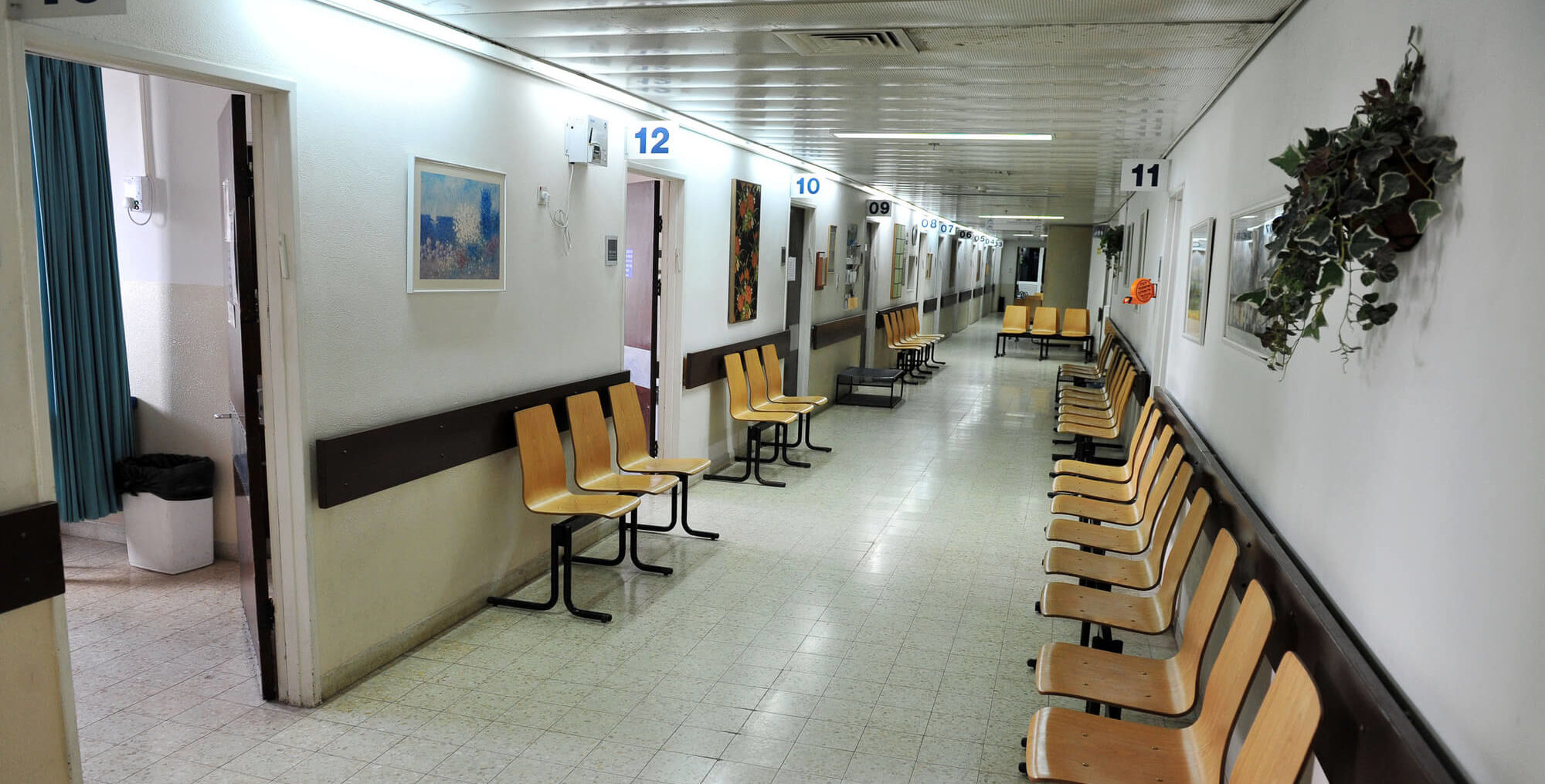
23 Feb How Poorly Designed Healthcare Facilities Lead to Survey Citations
Survey citations are issued for various reasons, and poor design factors in healthcare facilities could lead to citations. Everything from long-term care facilities to dental practices to dialysis clinics could be affected by poor design decisions. The risk of healthcare-associated infections is a real concern, involving hundreds of thousands of people each year. Ensuring that your healthcare facility is well designed can lead to a smaller risk of infection and limit any accreditation or CMS survey citations. There are many design factors to take into consideration in healthcare facilities, all of which can either help or hinder accreditation or CMS certification.
What Are Accreditation Surveys?
Accreditation surveys are unannounced visits to accredited healthcare organizations. Evaluation programs set standards designed to guarantee quality and patient safety. In most cases, accreditation can improve the process of care. External peer reviewers evaluate the healthcare facility and its compliance with pre-established performance standards. Peer reviewers are highly trained experts such as doctors, nurses, laboratory technologists, hospital administrators, and other healthcare professionals. They review select patients and evaluate standards compliance by speaking with them and everyone who interacts with them. They observe facility procedures while on-site and typically provide self-assessment tools that professionals can use all year round.
Many accreditation agencies also serve a dual role of not only surveying to their standards but surveying to the CMS standards.
Why Healthcare Facilities Should Aim for Accreditation
There’s a variety of reasons healthcare facilities should aim for accreditation in the first place. It is a commitment to the best care for patients and the overall health of the organization. Accreditation allows an outsider to review compliance and decide if the facility is doing everything correctly. This in turn means the healthcare facility is safe for everyone. Other reasons for accreditation include:
- Risk management and risk reduction.
- Reduce liability insurance costs.
- Improve operations by providing education.
- Enhances staff education with professional advice and counseling.
- In select states, may fulfill regulatory requirements.
- Provides an organizational framework for structure and management.
- Allows for a custom review of procedures and compliance.
- Strengthens community confidence in the quality of care.
How Facility Design Impacts Accreditation Survey Results
Accreditation surveys offer a very accurate look at healthcare facilities’ inner workings. They are unannounced visits meant to observe all that goes on day-to-day regarding patients, procedures, and practice. Efficiency is crucial to success in healthcare, and specific design flaws can hinder the processes that healthcare professionals rely on each day. For example, poorly placed hand hygiene sinks or finishes that are nearly impossible for Environmental Services to keep clean. Some healthcare facilities may choose to hire an infection specialist during construction, so that these considerations are taken into consideration before the facility even opens or the renovated area is open to patients. Having an infection preventionist on the team from day one will ensure that nothing gets overlooked in the design process, leading to a safe facility that will score well in accreditation surveys and avoids costly late-stage changes to the design or finishes.
How Poor Design Can Lead to Citations
You might be wondering then, how does poor design lead to citations if accreditation surveys aim to observe patients? Well, there are many ways that design can inhibit the overall safety and efficiency of a healthcare facility. Think about facilities you have visited in the past, hospitals or outpatient clinics. Did the space allow for maximum function? Were you comfortable as a patient, or maybe just as a visitor? Was there enough room for you to be taken care of efficiently and safely? These are all questions that reflect the design of the space and its overall function.
If an infection specialist is brought in at the beginning of the design process or during a healthcare facility renovation, they can assist in designing a space that will score high on accreditation. Elements to consider include alternative pathways for patients and staff, choosing the right HVAC system (heating/ventilation/air conditioning), and regular disinfection procedures. Other design factors that can have an effect on the overall quality of the space include:
- Width of hallways, especially those used in transporting patients.
- Storage of medical emergency equipment: out of the way but still easily accessible.
- Materials used in the building: stain resistance, safety, and components of fabrics are critical.
- Proper disinfecting stations for tools, equipment, and linens.
- The energy efficiency of the building.
- The layout of the patient, visitor, and staff areas.
- Technological integration and support.
- Natural light and access to nature.
- Use of color as a healing aspect in the facility.
- The overall security of the facility.
- Optimal room for patients, meaning enough beds and supplies.
Examples of a Poorly Designed Facility
Now that you’ve understood how important design can be to a facility’s overall function, and therefore its success, you might have already guessed how poor design can have the reverse effect. There are a multitude of ways that design can lead to insecure buildings and systems. These factors affect patients and staff equally. If the healthcare staff cannot do their job or if the patient is uncomfortable, then errors can quickly occur. If observed during an accreditation survey, these errors could lead to citations and put the healthcare facility at risk of losing its accreditation or CMS certification. When a facility is outdated or poorly designed, it is at risk for these kinds of errors. It may not be the doctor or nurse’s fault, but rather a lack of efficient surroundings.
Once these unhealthy design factors are acknowledged, the facility can make appropriate changes to create a more successful space. They may even choose to hire an infection preventionist for their healthcare facility. Here are a few examples of design flaws that can occur in healthcare buildings:
- Outdated HVAC and other air filtration systems.
- Slippery floors and surfaces.
- Minimal storage solutions.
- Inferior technology or inability to integrate technology where it is needed.
- Insufficient natural light or lack of windows.
- No security systems in place or weak security.
- Minimal patient privacy.
- Fluorescent lighting or lighting chosen without comfort in mind.
- Cluttered hallways and storage closets.
- Lack of disinfecting stations.
- Materials that are not easily cleanable or hard to disinfect.
- Poor color choices which make the space feel small or depressing.
- Poor layout of clinical spaces leading to difficulty complying with basic infection prevention and control principles (e.g., separation of dirty and clean)
The Importance of Healthcare Facility Design in Becoming Accredited
Healthcare facility design is a significant factor in successful surveys. Poor design can lead to citations by causing inefficiencies and hazards. Healthcare organizations must consider design when they create their strategy for becoming and staying accredited. Many design decisions affect how compliant and functional space can be. Healthcare facilities should incorporate these specific design factors, like separate pathways and useful technology, so that they can continue to run successfully, with accreditation and CMS certification.

